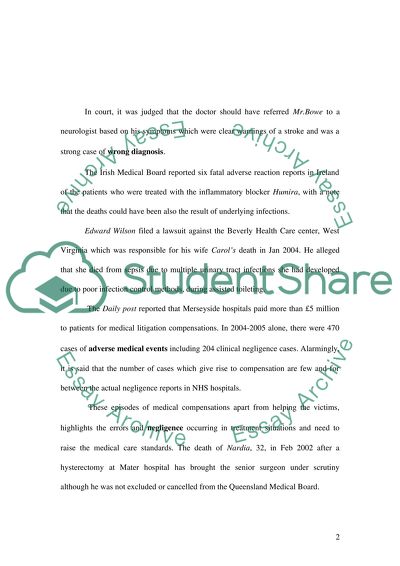Cite this document
(“Relevance of the Concepts of Blame and Retribution in the Chief Essay”, n.d.)
Relevance of the Concepts of Blame and Retribution in the Chief Essay. Retrieved from https://studentshare.org/miscellaneous/1518259-relevance-of-the-concepts-of-blame-and-retribution-in-the-chief-medical-officers-approach-to-mistakes-of-doctors
Relevance of the Concepts of Blame and Retribution in the Chief Essay. Retrieved from https://studentshare.org/miscellaneous/1518259-relevance-of-the-concepts-of-blame-and-retribution-in-the-chief-medical-officers-approach-to-mistakes-of-doctors
(Relevance of the Concepts of Blame and Retribution in the Chief Essay)
Relevance of the Concepts of Blame and Retribution in the Chief Essay. https://studentshare.org/miscellaneous/1518259-relevance-of-the-concepts-of-blame-and-retribution-in-the-chief-medical-officers-approach-to-mistakes-of-doctors.
Relevance of the Concepts of Blame and Retribution in the Chief Essay. https://studentshare.org/miscellaneous/1518259-relevance-of-the-concepts-of-blame-and-retribution-in-the-chief-medical-officers-approach-to-mistakes-of-doctors.
“Relevance of the Concepts of Blame and Retribution in the Chief Essay”, n.d. https://studentshare.org/miscellaneous/1518259-relevance-of-the-concepts-of-blame-and-retribution-in-the-chief-medical-officers-approach-to-mistakes-of-doctors.


